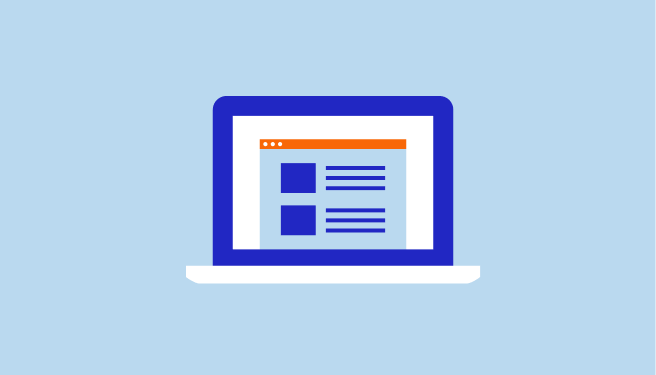Originally published in EdTech Digest – June 5, 2019
Students come to class—whether it is online or at a brick-and-mortar school—with different prior knowledge, background experiences, and support systems. Adaptive learning helps educators bridge the gaps between these skill levels, but what does adaptive learning look like?
A Helpful Example
Let’s say I am a fifth-grade student and I am being presented with questions that correlate with a fifth-grade standard, but I am struggling to answer them correctly. For adaptive learning to take place, an instructor would first have to identify which foundational skill (or skills) I am missing and then help me learn the skill or skills. Once I am able to incorporate these foundational skills into my skill set, I can master the standard and move forward with my studies.
This is a tall order for teachers with large class sizes and classes with a wide range of knowledge. Many districts are turning to adaptive learning programs to both identify students’ missing foundational skills and help students learn them. There are many programs and tools—both free and paid-for—that say they aid the process.
List of Characteristics
To ensure districts, schools, and individual teachers are implementing quality tools, I compiled a list of characteristics adaptive learning tools should embody.
It creates a personalized learning pathway for each student based on their strengths and weaknesses.
An effective adaptive learning tool assesses where the entire group excels and struggles, but also where each student excels or struggles. This is the number one criteria for adaptive learning. Adaptive learning only works if you can look at each student as an individual.
It is data-driven.
The program needs to provide specific data about a student’s progress so the educator can make educational decisions about how to adapt to the student’s needs. Does a student need to be demoted or promoted in a skill area? If an educator does not base this decision on a student’s progress data, he or she could be leading the student down a pathway in which they do not belong.
The amount of data the program provides is important, too. If a program is testing a student’s skill proficiency with just one or two questions, this is not enough data to get a clear picture of needs. Students need the chance to answer more than a few questions about a particular skill before an educator can make a decision about promoting or demoting them. So how many questions is enough? In talking to educators and parents, many agree answering between seven and 10 questions is good, with 10 being the most comfortable number. It is easy to quickly say seven out of 10 is 70 percent.
It gives students a choice of how to digest new concepts.
Many tools not only identify students’ strengths and weaknesses, they provide direct instruction to help students learn the skills they are missing. However, it is crucial that students have a choice of how they get to learn this content. This includes, but is not limited to, an instructional video featuring educator walking the student through a concept, an authorized informational YouTube video, an animated breakdown of a math problem, and reading passages.
“…it is crucial that students have a choice of how they get to learn this content.”
Allowing students to decide how they want to learn new concepts has two benefits. First, it can motivate the student. When a student gets to choose the type of direct instruction content they use, they can take ownership of their learning. Secondly, the freedom to choose allows students to rely on their strengths. Some students may be visual or auditory learners so they will most likely pick videos because video best correlates with how they learn.
The whole reason why adaptive learning is important is because not all students learn the same way or know the same information, so having different types of direct instruction is crucial for success.
Changing Perception and Practice
Sometimes parents question the new tools students use during class time or at home. To reassure parents the adaptive learning tools are helpful, first ask them to give it a chance. Giving their child some time to use the program may allow them to notice a skill their child used to struggle with is no longer an issue.
Secondly, tell parents that although it may look like all the students are starting in the same place, the tool helps them quickly branch off into many different learning paths dependent on their current knowledge and learning.
What about a teacher whose district does not provide access to an adaptive learning resource? There are resources available for free online. Before implementing, however, just ensure the resource meets the consideration listed previously.
I cannot imagine educators are not already applying the theory of adaptive learning because differentiated instruction is a very close relative. Educators provide students with formative assessments to gauge their skills gap and then group them by skill level. Adaptive learning is built off of what educators have already been doing; however, it is a more efficient way of identifying needs in real-time.
—
Danielle D’Alessio is a K-12 Academic Specialist at Fuel Education, a learning platform providing digital curriculum for K-12, actionable data on each student, and enabling teachers to customize content. For more than five years, Danielle was an elementary school teacher in Baltimore County Public Schools. She has a B.A.Sc., Elementary Education and Teaching from Towson University, and a Master’s in Curriculum and Instruction from Walden University. Contact her through LinkedIn.

